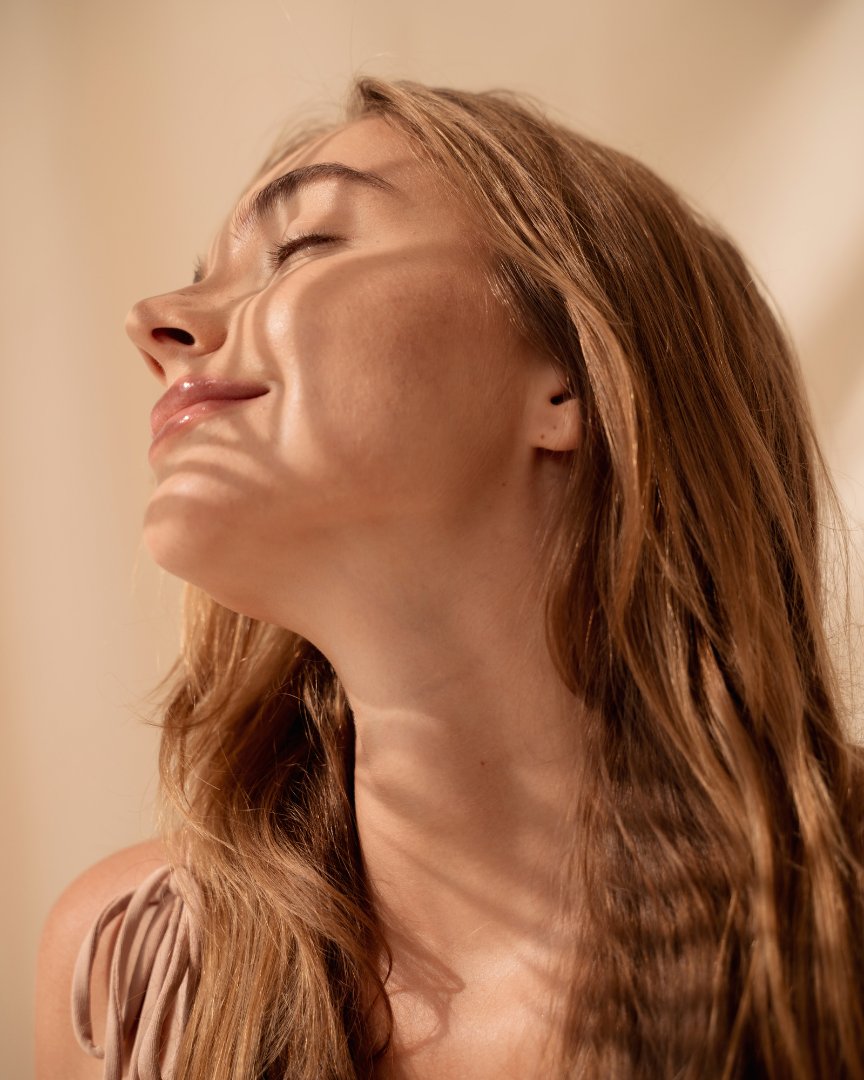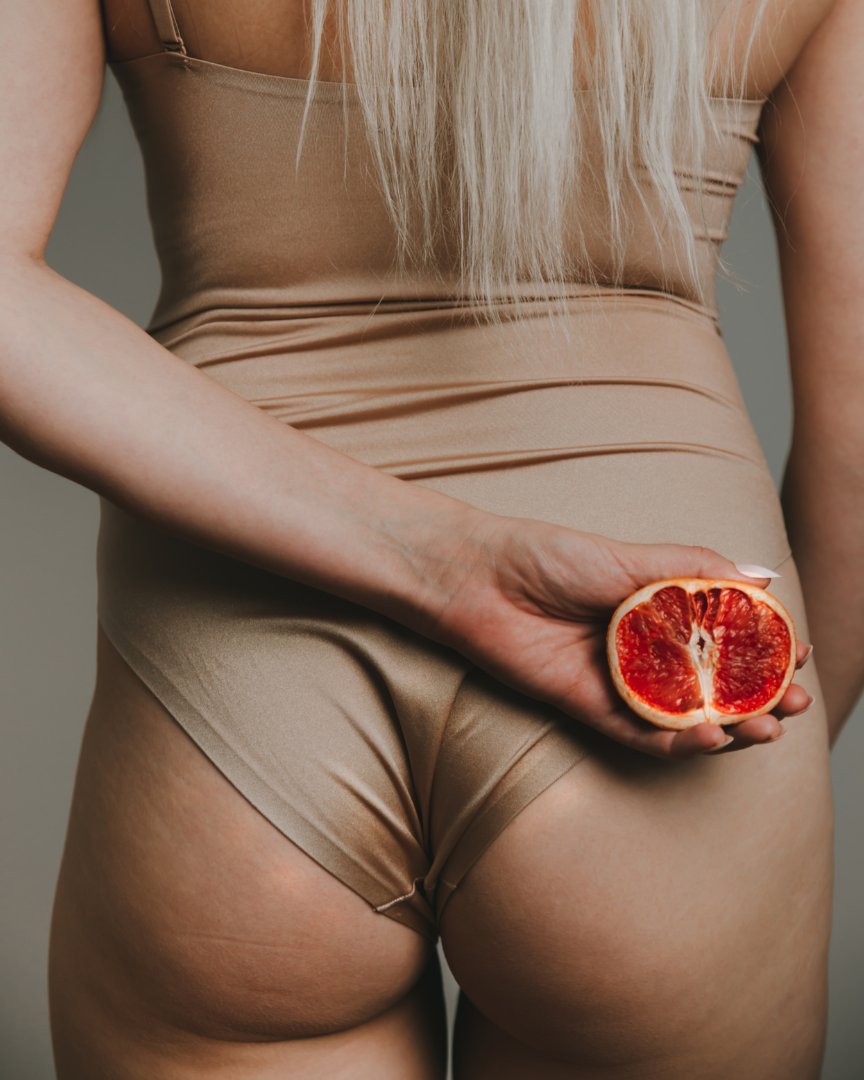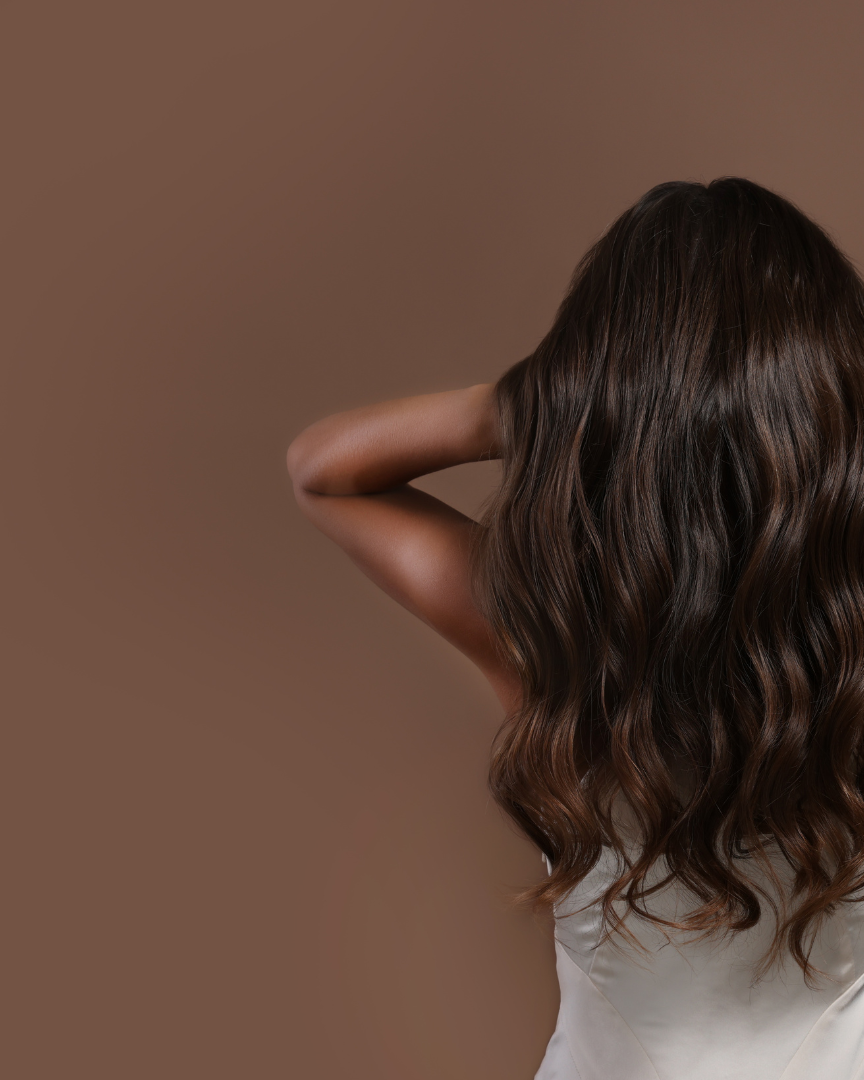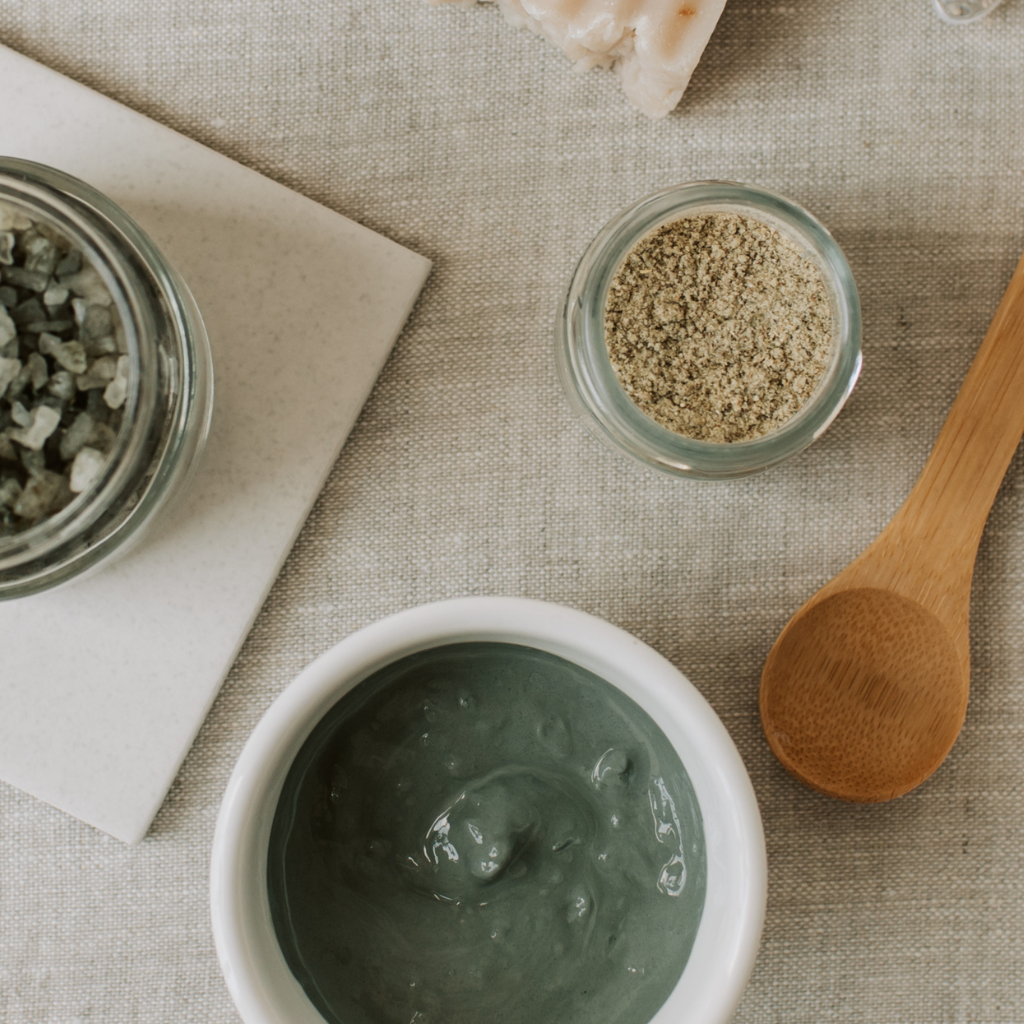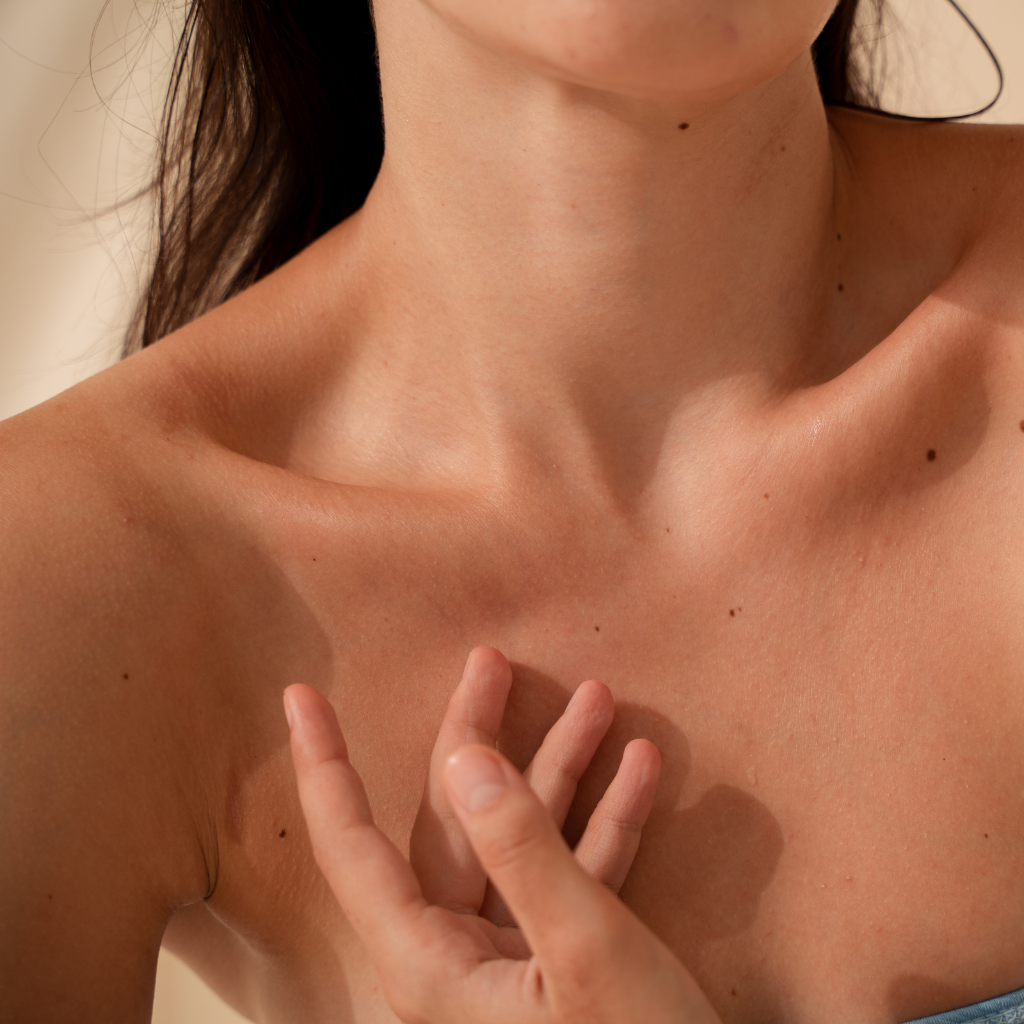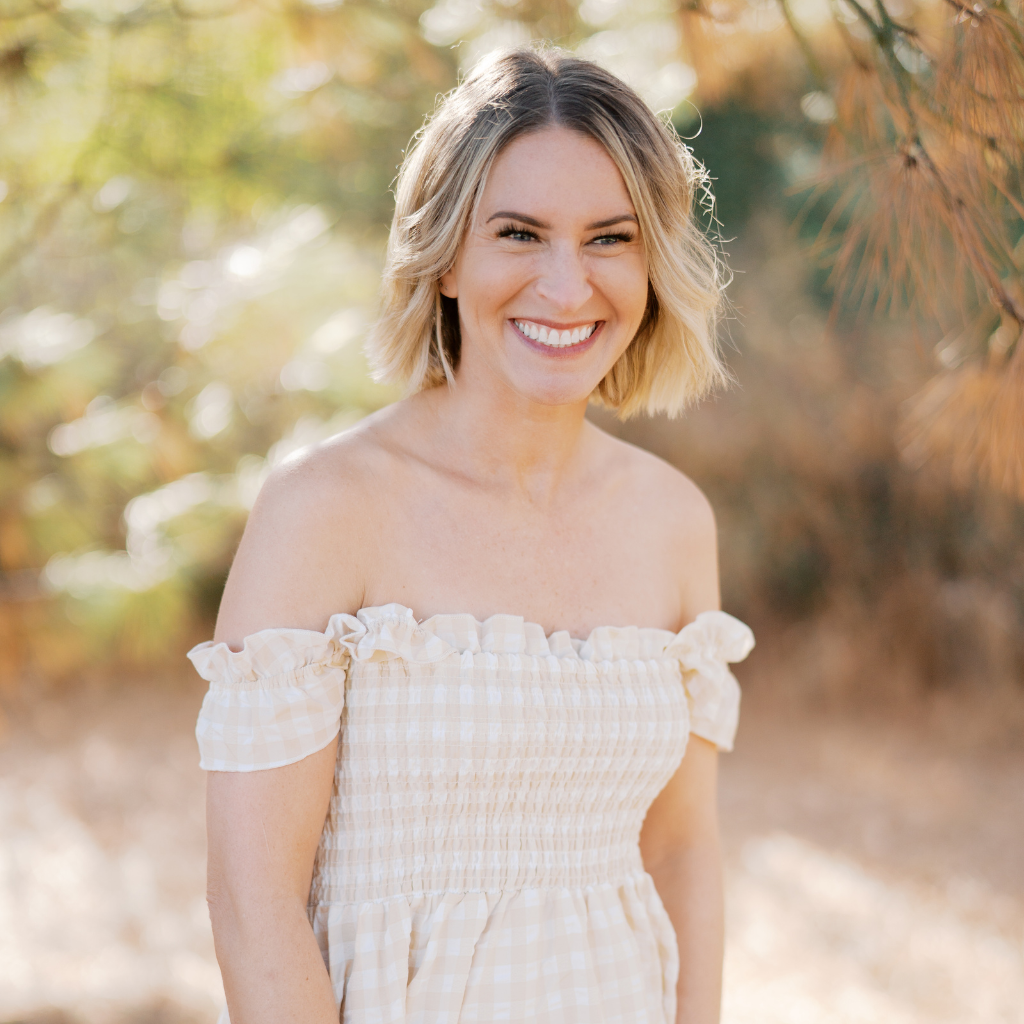After a long, tumultuous spring, summer is finally upon us!
As the counties slowly open places back up for the public, this could mean almost all of the activities we know and love best about this season: pool swimming, sipping a cocktail on your porch, getting a good tan under the sun, and...
Getting sunburns.
Maybe we don’t like that side effect a whole lot, but it comes with summer and--fortunately--can be avoided with the right sunscreen.
But when you look at rows and rows of sunscreens at a grocery store… It can definitely be overwhelming. It begs the question: what should I look for in a good sunscreen?
Here’s some pointers to finding a sunscreen that’s both good for the planet and you.
The Importance of SPF Numbers

When you take a glance at a sunscreen bottle, you notice that it’s got an SPF number.
You probably know that the higher the SPF number, the stronger. But what does that mean? Does an SPF 60 really make more of a difference than an SPF 30?
Let’s break down the meaning first. SPF stands for “sun protection factor.” It’s essentially the amount of time the product will protect you from UV rays. While the FDA recommends that you should wear a minimum of SPF 15, dermatologists actually recommend at least 30. This is because a broad spectrum (able to fight UV and UVB rays), SPF 30 sunscreen is able to block 97% of the sun’s UVB rays.
So… A higher number of SPF must mean it’s really powerful, right?
Well, sort of. An SPF of 100 can block about 99% of UVB rays, which is pretty impressive! But when you remember that SPF 30 is just a 2% difference… Not so much.
There’s also a common misconception that a higher SPF means the product can go longer until it needs to be reapplied. On the contrary, it's recommended that all sunscreens be reapplied every two hours--regardless of the SPF.
Whether you want to grab the SPF 100 or stick with the classic 30, it doesn’t really matter--what’s important is that you use enough of it. People tend to apply only a quarter to half of the sunscreen they should, which makes a remarkable difference in how the product will protect you.
It’s recommended that you use about an ounce in a single application for your whole body--about a shot glass worth!
Mineral vs. Chemical

You’ve also probably noticed that some sunscreens label themselves as a “mineral” type. Those are the ones you want to grab.
Chemical sunscreens--while not (yet!) banned by the FDA--contain ingredients such as octinoxate and oxybenzone that can directly enter your blood stream through your skin. The chemicals act though a reaction to block UV rays, sure; but is it worth potentially harming your body, in any case?
Octinoxate is thought to cause premature aging, and oxybenzone can possibly throw off hormone production!
On the other hand, mineral sunscreens… Well. They’re exactly as they sound! They use natural minerals to block rays, like zinc oxide and titanium dioxide. While chemical screens directly penetrate the skin, mineral kinds just sit on top of the skin to provide protection--proving that you don’t have to sacrifice one type of safety for another.
Don’t Kill The Oceans!

Yes, we've talked about it before.
But as a zero waste company, we can’t say it enough: buy. Reef. Safe. Sunscreen.
Because those two chemicals we just talked about, octinoxate and oxybenzone? They’re not just potentially bad for you--they’re also extremely bad for coral life.
They’ve been known to cause coral bleaching, taking away the vibrant color of some of the most vibrant and majestic ocean life we’re blessed to have. More than that, it’s been causing DNA damage and abnormal skeletal growth, causing many of our reefs to die off.
Fortunately states like Hawaiit are banning products that contain these ingredients; but when you consider that nearly 65% of sunscreens still contain oxybenzone, and about 14,000 tons of sunscreen are thought to be washed in the ocean every year….
Those are some scary statistics. We can do better.
Luckily, more and more sunblock companies are thinking they can too. When looking for a new bottle, try looking for a sunscreen that has a little label stating it’s “reef safe.”
Of course, we also urge you to take a look at the ingredients label itself. Some companies may offer “mineral” sunscreens that are safe for the oceans with the best of intentions--but that doesn’t mean all of their products do.
Our best pointer is to look out for those two O’s, saving you the guilt of polluting the sea and saving your body from potential toxic chemicals. A win-win!
Pick What Feels Good For You

Some people prefer a sunscreen that promises hydration for their dry skin.
Others want the opposite if they tend to have oiler skin.
Some just want something lightweight to put under their makeup.
Look… It doesn’t matter. You do you.
While it can be overwhelming when there are literally hundreds of sunscreens to choose from, it’s also a blessing. If you’ve tried more than even one sunblock, you know that each is different in terms of texture, its benefits, and what it can do for your skin along with protection from the sun’s harmful rays.
Each person’s skin is different, and what doesn’t work for them might work for someone different. How lucky we are to have these options!
Whatever you prefer, what matters most is that you find a product you love and can see yourself adding to your skincare routine every day. Because the alternative… Is pretty frightening. Skin cancer rates are at an all time high.
We don’t want to scare you… But we do want you to be safe, and understand that it’s just not practical to ask you to use a product every single day that doesn’t feel great on your skin!
So we strongly encourage you to find a brand you’re comfortable with. Find samples where you can, buy smaller bottles when you find them. So long as they have the attributes we’ve talked about--no mysterious O ingredients, a label that boasts of being reef safe, an SPF of at least 30--you should be good.
Better than good. Your skin will thank you. We promise.

